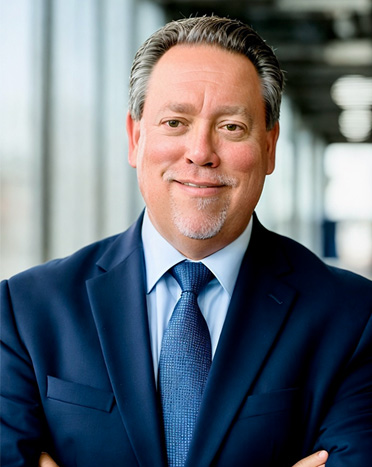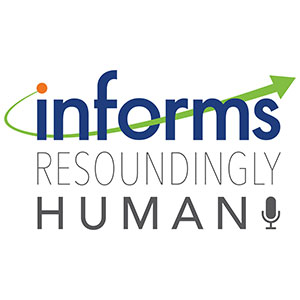Revolutionizing promotional pricing
Georgia Perakis, INFORMS member and professor at the Massachusetts Institute of Technology, led a team of Ph.D. students, in partnership with Oracle, to develop a model approach to determining optimal promotional retail pricing. Compared to current methods, the newly developed model was able to identify the potential for between 3-10% improvement in profits.











